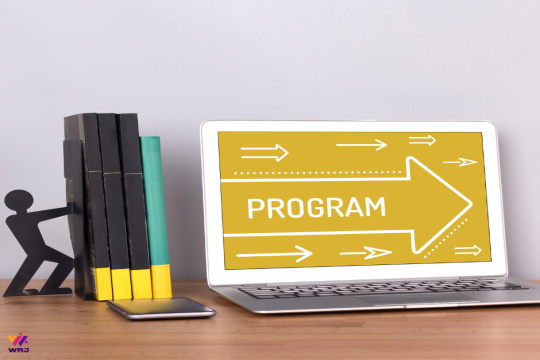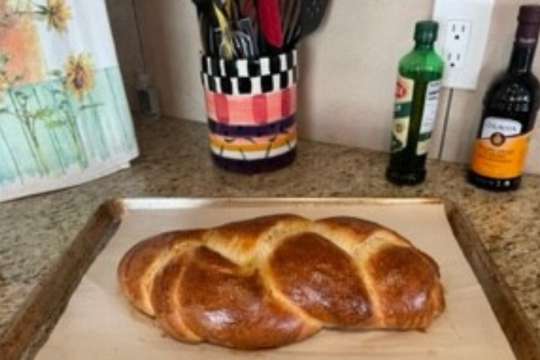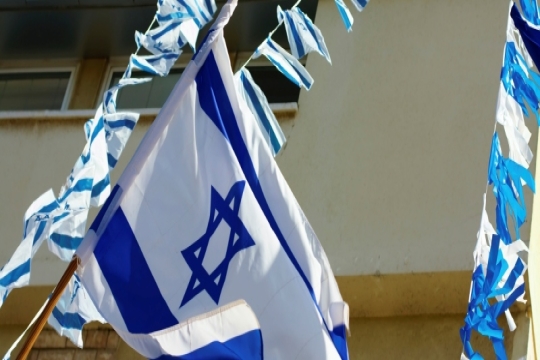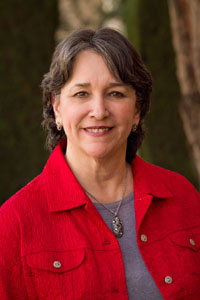As a Jewish educator, I have encountered many situations in which Reform Jews of all ages – youth at camp or in NFTY, adults at URJ Biennials, and women at WRJ events – appear uncomfortable when it comes to “what to do” during worship services. I have seen the faces of people looking around the room to see what others are doing when it comes to:
- “Do I stand, or do I sit?”
- “When do I join the cantor in the music, and when am I silent?”
- “Do I kiss the Torah or touch the Torah and then kiss my fingers?”
- “When do I wear a tallit?” and so on.
To avoid feeling embarrassed, often Reform Jews will follow the practice of most worshippers so as not to look uninformed.
To lessen that phenomenon for WRJ women, we will open up that conversation and answer questions that many Reform Jewish women are afraid to ask but want to understand better. It is also the hope that this will help to enhance the feeling of “safety” and understanding throughout WRJ, allowing for you – our members – to ask:
- “I’m wondering why Reform Jews do/do not…”
- “How come some congregations do it this way, and others do it that way?”
- How do I pronounce this Hebrew word before I use it in a speech in front of these women?!
The goal is to give WRJ women the chance to say out loud, “I never knew that” or “I’m so relieved that others wonder about the same things I do.”
First, let me present two questions about which many Reform Jews wonder but may be afraid to ask!
- “As a Reform Jew, do I sit or stand for the Sh’ma”?
- If I am not in mourning, do I sit or stand for the Mourner’s Kaddish?”
Let me unpack these questions:
- Often the question of “to sit or to stand” is a tradition for the congregation. It falls into the “we’ve always done it this way.”
- Sometimes it is the clergy’s call. If you aren’t sure why you sit or stand in your congregation, ask your clergy to explain.
- For the Sh’ma and its Blessings:
- The most important aspect to recitation of the Sh’ma is your complete kavanah – your “devotion” - to the words and the commandment of reciting it.
- To create that personal and communal kavanah nothing should interrupt your prayer between the reciting of the Sh’ma through the beginning of the Amidah
- If you are standing for the Bar’chu and you are not “invited” to be seated, you remain standing until the end of the Sh’ma and its blessings.
- If you are invited to sit after the Bar’chu, you remain seated until the end of the Sh’ma and its blessings.
- Either of these options is designed so that you do not interrupt the kavanah along the way. Traditionally you aren’t even supposed to talk, wink or gesture, lest you interrupt anyone’s kavanah!
- Regarding the Mourner’s Kaddish:
- Traditionally the only people to stand are the actual mourners. Within the prayer itself, there are certain responses in which the entire congregation joins.
- In many Reform congregations, especially in earlier years when the Holocaust was only a generation away, rabbis often invited the entire congregation to rise for “those people for whom there is no one to say kaddish.” This remains true in many Reform congregations related to lives lost during the Holocaust or another time in our lives.
I hope this helped inform your decision “to sit or to stand.” Remember – there is no right answer. The point is to encourage yourself to learn and then determine what feels authentic for you.
We are pleased to invite you to two Zoom workshops highlighting other questions we as Reform Jews might be wondering about but afraid to ask.
- April 26, 7:30pm ET - “Celebrating the Holidays and Holy Days – Reform Jews – What we do, when we do it, and with what do we celebrate?”
- May 3, 7:30 pm ET - “Celebrating Jewish Life Cycle Events – Reform Jews – What we do, when we do it, and with what do we celebrate?” Stay tuned!
Dr. Katz spent her entire life involved in the Reform movement. She chose a career in Jewish education to shape the lives of Reform Jewish children as so many had done for her. One of the most significant highlights was when she facilitated the development and implementation of the first WRJ Wilkenfeld International Women’s Leadership Seminar in London in 2016. Along with the WRJ leadership, she led 20 women from 15 progressive Jewish communities throughout the world in a two-day seminar that highlighted personal reflection as Reform Jewish women, community building, and developing action plans for their communities. It was the springboard for her ongoing commitment to and involvement in WRJ.
Related Posts

Continuing to Educate and Empower People Together

My Challah-Making Experience


